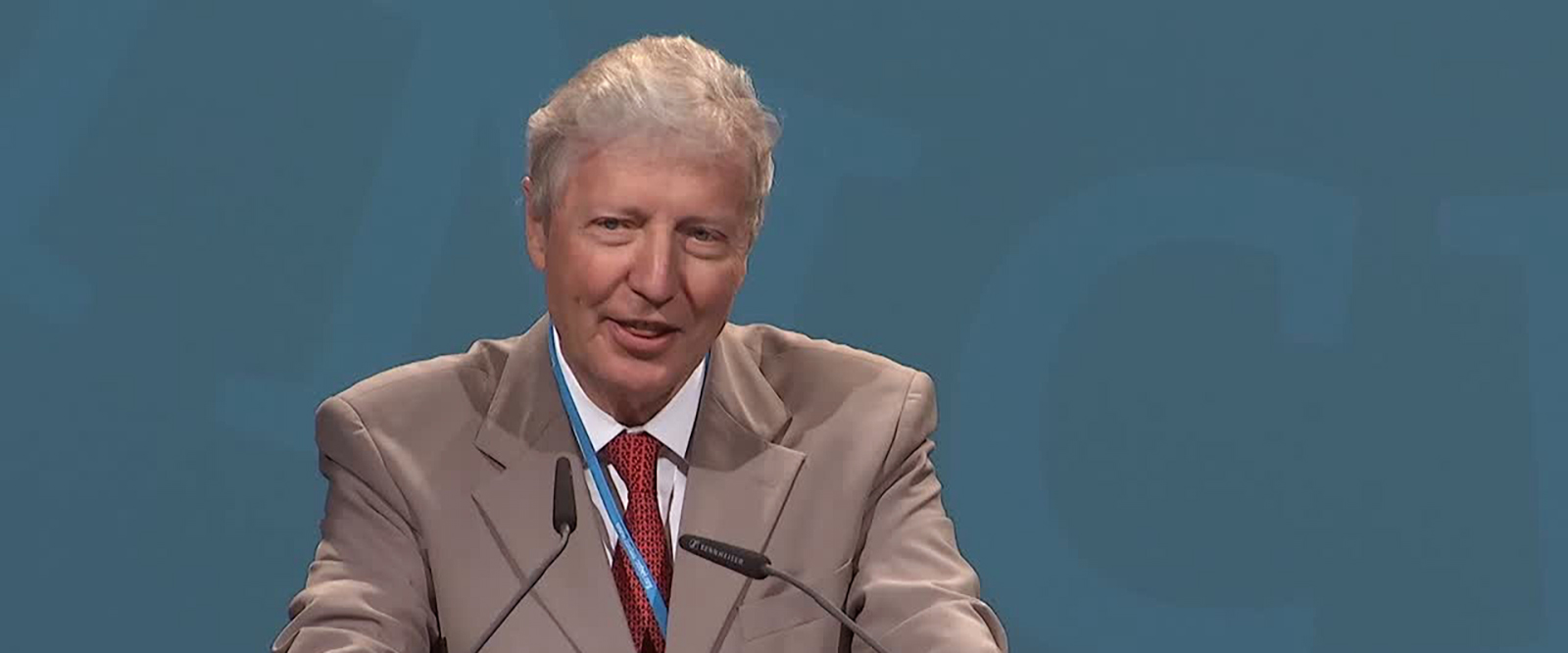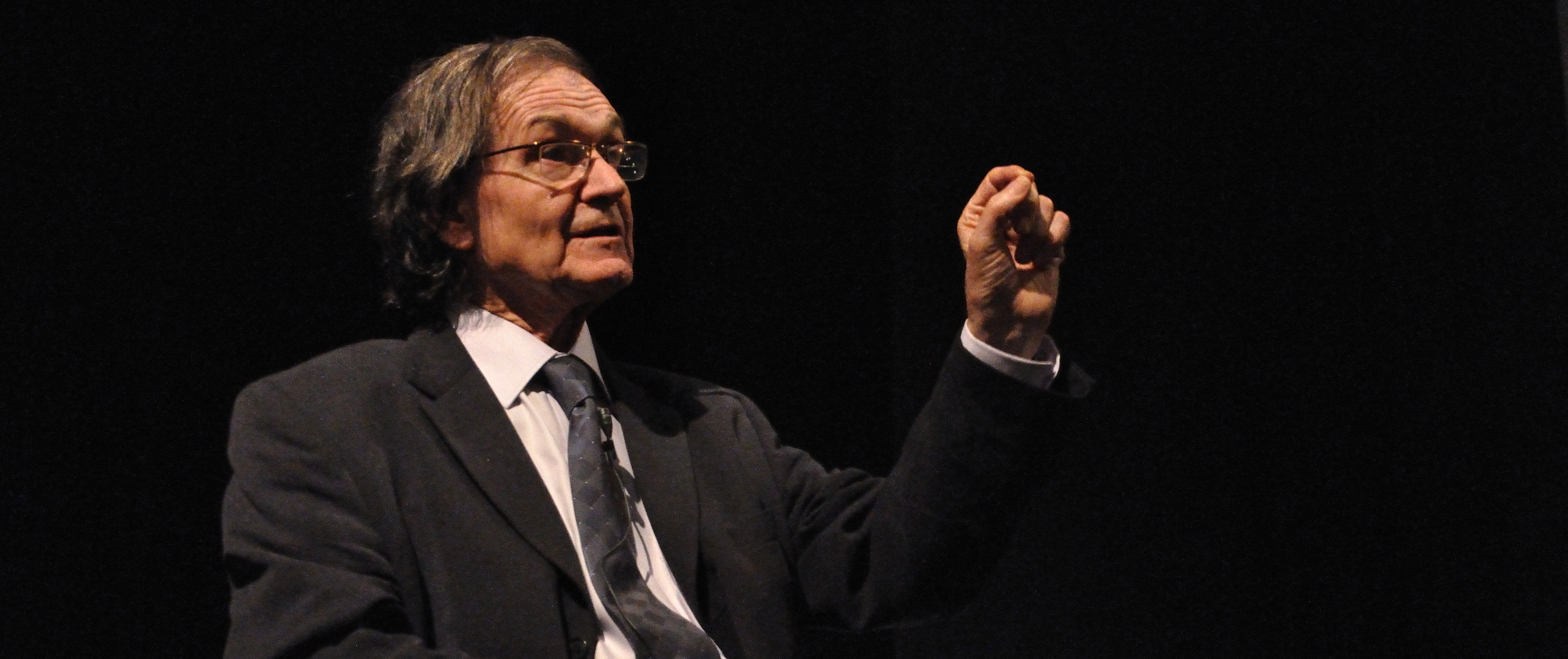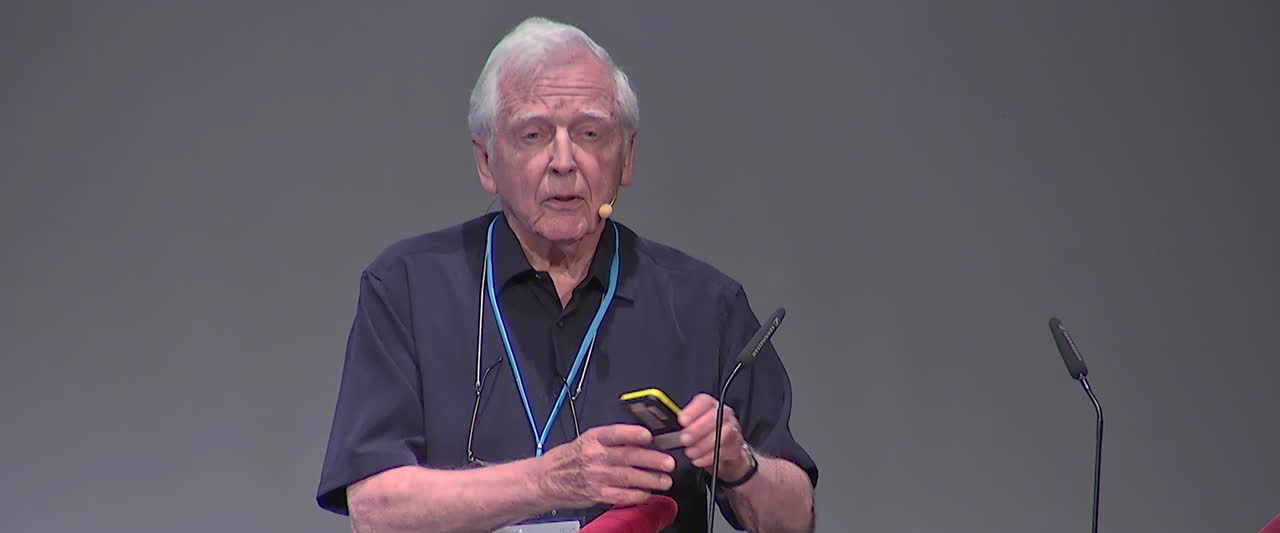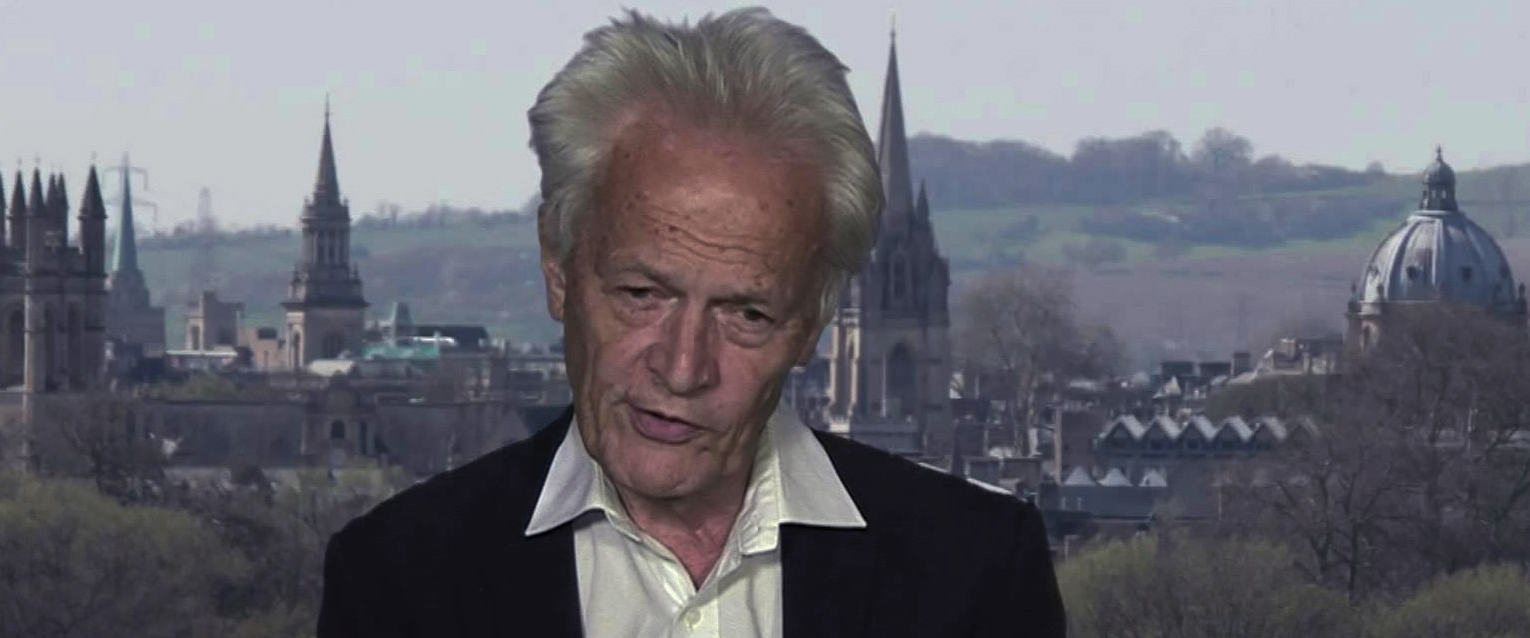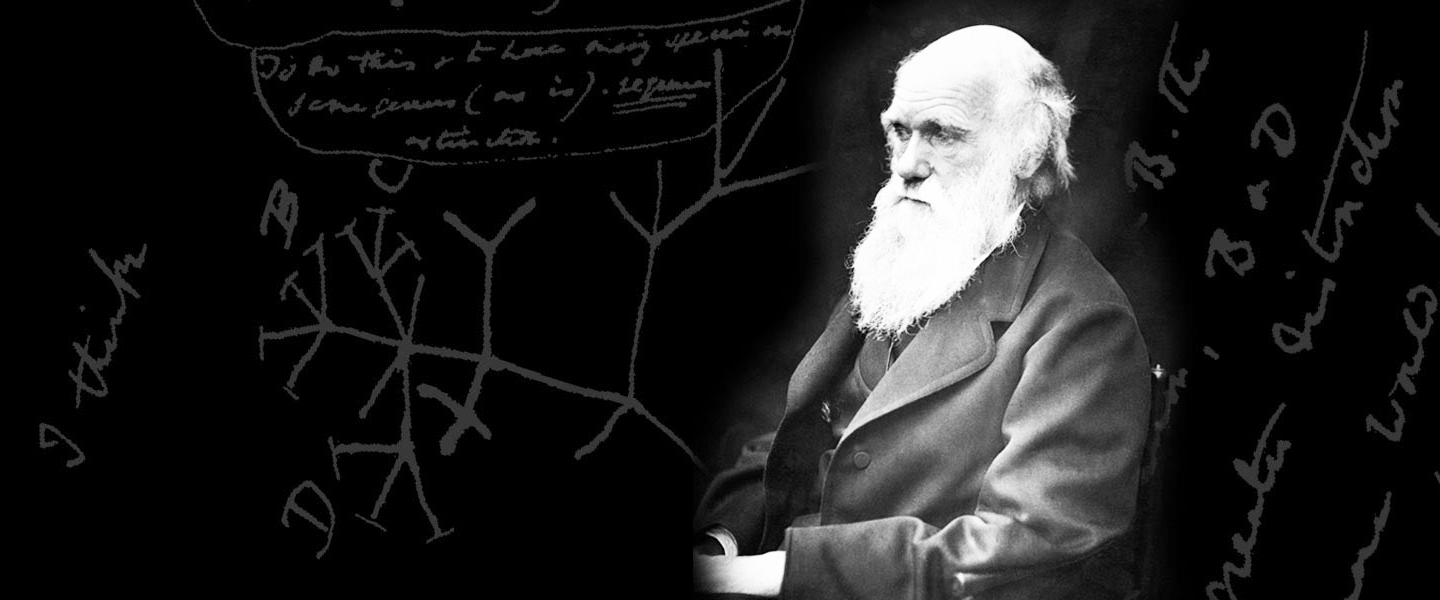14h September 2020. Mark Pfuhl, King's College London.
News from the Aurora-verse delivered by NMR spectroscopy
On the 14th of September Mark Pfuhl of King's College London will give a talk on News from the Aurora-verse delivered by NMR spectroscopy at 5.00 pm. The seminar will be deliverd online due to current restrictions on access to lecture theatres and the link for access is found on the seminar poster that can be downloaded here. All College students are invited to attend, especially those reading Medicine, Biology, Biotechnology and Pharmaceutical Sciences.
Abstract
Aurora-A kinase is an important regulator of the cell cycle and many other processes beyond. It also plays an important role in cancer so that it has become an important drug target. However, the success of Aurora-A targeted drugs at present is rather mixed so that a better understanding of this complex enzyme is required. Aurora-A is an unusual kinase that lacks a canonical on-off switch and its activity can be regulated by a combination of interactions with a plethora of accessory proteins and phosphorylation on multiple sites. I will present how NMR spectroscopy has been used in my group over the past years to make important contributions to better understand this enigmatic protein and its partners. This will include the redefinition of the domain architecture of the XMAP215 family (1), structure determination of a novel cryptic TOG domain (1,2) and its partner 4/5 helix domain (1,4), studies of conformation and interactions of small fragments of TACC3 with Aurora-A kinase (3,5), early stages of the development of novel anti-cancer drugs and a first glimpse of the conformation of the overlooked N-terminus of Aurora-A kinase.
Biography
Mark Pfuhl was born in Berlin where he went to school and where he initially studied Chemistry at the Technische Universität before moving on to Biochemistry at the Freie Universität. After graduating there in 1991 he moved to EMBL Heidelberg where he did his PhD in the group of A Pastore using NMR to determine the first structures of domains of the giant muscle proteins Nebulin and Titin. He finished his PhD in 1995 and - after a brief stint at the Université de Haute Normandie with F Toma in early 1996 - he moved to London on an EMBO long term post doc fellowship to work with P Driscoll at UCL. In 1998 he obtained a Royal Society University Research Fellowship for independent research at UCL. In 2001 he moved to the University of Leicester where he held a Lectureship in addition to his fellowship. In 2010 he returned to London to hold a Readership in cardiovascular structural biology in the then Randall Division of molecular and cellular biophysics. His main scientific interests are the regulation of muscle and kinase function which he studies using mainly NMR spectroscopy supported by other biochemical and biophysical methods.
References
1) “Coordination of adjacent domains mediates TACC3–ch-TOG–clathrin assembly and mitotic spindle binding”, FE Hood, SJ Williams, SG Burgess, MW Richards, D Roth, A Straube, M Pfuhl, R Bayliss, SJ Royle, J. Cell Biol. 202, 463-478, 2013
(2) “Solution NMR assignment of the cryptic sixth TOG domain of mini spindles”, SG Burgess, R Bayliss, M Pfuhl, Biomol. NMR Assign. 9, 1-3, 2015
(3) “Aurora-A dependent control of TACC3 determines the rate of mitotic spindle assembly”, SG Burgess, I Peset, N Joseph, T Cavezza, I Vernos, M Pfuhl, F Gergely, R Bayliss, PLoS Genet 11, 212-221, 2015
(4) “Solution NMR assignment of the C-terminal domain of human chTOG”, E Rostkova, SG Burgess, R Bayliss, M Pfuhl, Biomol. NMR Assign. 22, 604-606, 2018
(5) “Mitotic spindle association of TACC3 requires Aurora-A-dependent stabilization of a cryptic a-helix”, SG Burgess, M Mukherjee, S Sabir, N Joseph, C Gutiérrez-Caballero, MW Richards, N Huguenin-Dezot, JW Chin, EJ Kennedy, M Pfuhl, SJ Royle, F Gergely, R Bayliss, EMBO J. 37, 720-731, 2018
